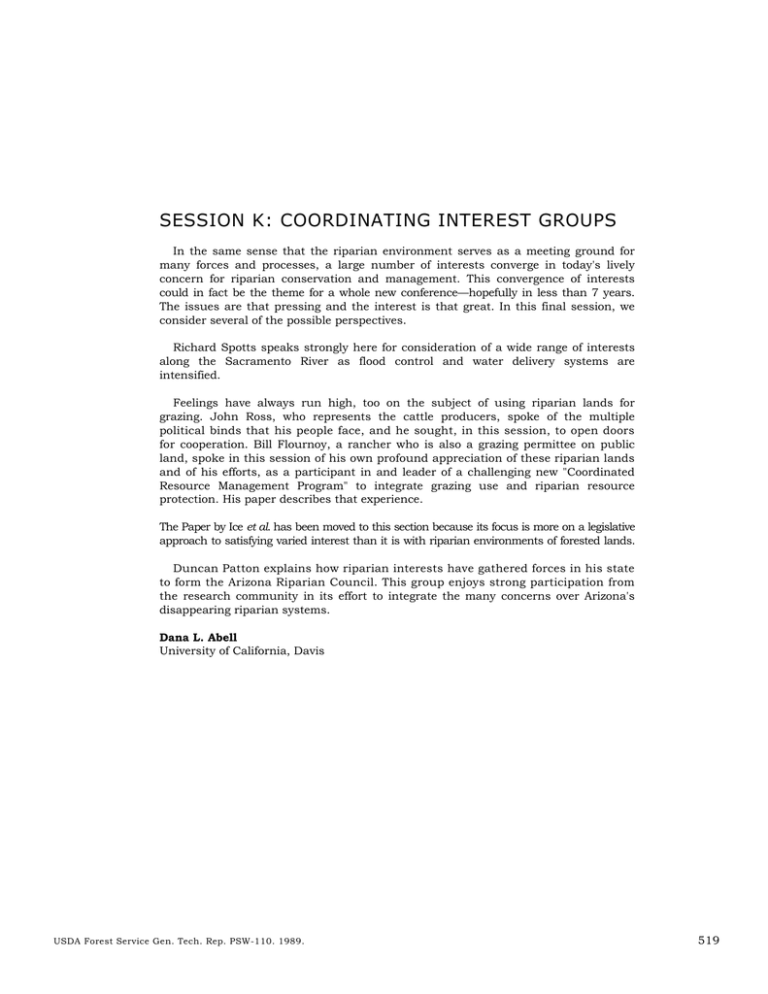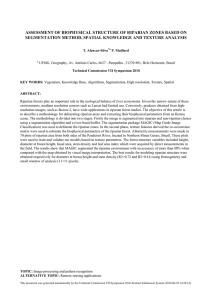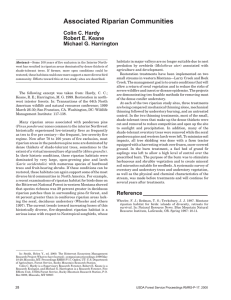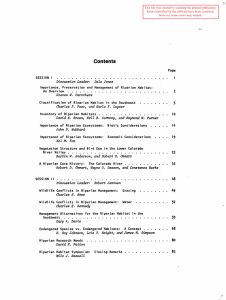SESSION K: COORDINATING INTEREST GROUPS
advertisement

SESSION K: COORDINATING INTEREST GROUPS In the same sense that the riparian environment serves as a meeting ground for many forces and processes, a large number of interests converge in today's lively concern for riparian conservation and management. This convergence of interests could in fact be the theme for a whole new conference—hopefully in less than 7 years. The issues are that pressing and the interest is that great. In this final session, we consider several of the possible perspectives. Richard Spotts speaks strongly here for consideration of a wide range of interests along the Sacramento River as flood control and water delivery systems are intensified. Feelings have always run high, too on the subject of using riparian lands for grazing. John Ross, who represents the cattle producers, spoke of the multiple political binds that his people face, and he sought, in this session, to open doors for cooperation. Bill Flournoy, a rancher who is also a grazing permittee on public land, spoke in this session of his own profound appreciation of these riparian lands and of his efforts, as a participant in and leader of a challenging new "Coordinated Resource Management Program" to integrate grazing use and riparian resource protection. His paper describes that experience. The Paper by Ice et al. has been moved to this section because its focus is more on a legislative approach to satisfying varied interest than it is with riparian environments of forested lands. Duncan Patton explains how riparian interests have gathered forces in his state to form the Arizona Riparian Council. This group enjoys strong participation from the research community in its effort to integrate the many concerns over Arizona's disappearing riparian systems. Dana L. Abell University of California, Davis USDA Forest Service Gen. Tech. Rep. PSW-110. 1989. 519











